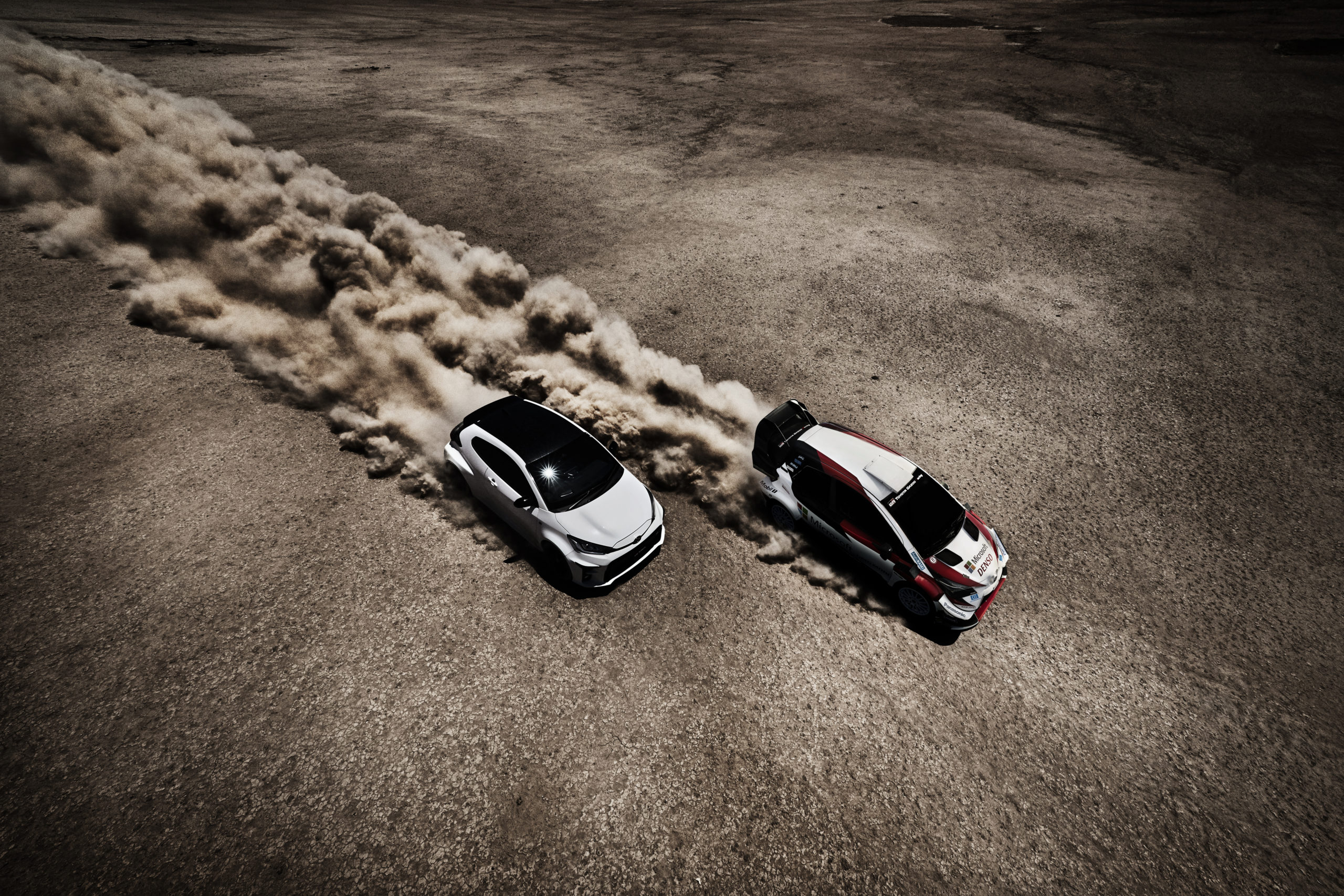
Homologation specials seemed to be a dying breed – until this week.
Toyota unveiled the Yaris GR, a road-going hot hatch with a unique three-door body, carbon fibre roof and turbocharged and all-wheel drive powertrain designed with input from WRC team Tommi Makinen Racing. It’s the latest in a long line of road cars designed to help success on the racetrack or rally stage.
The height of homologation specials arguably came in the 1980s when Group A rules saw the birth of legends both for touring cars and rally competition. Icons including the Ford Sierra Cosworth, Nissan Skyline GT-R, Toyota Celica GT-Four and Lancia Delta Integrale. Of course, homologation specials aren’t just limited to tin-tops, sportscar and production car racing.
Here then, are five of our favourites.
BMW M3
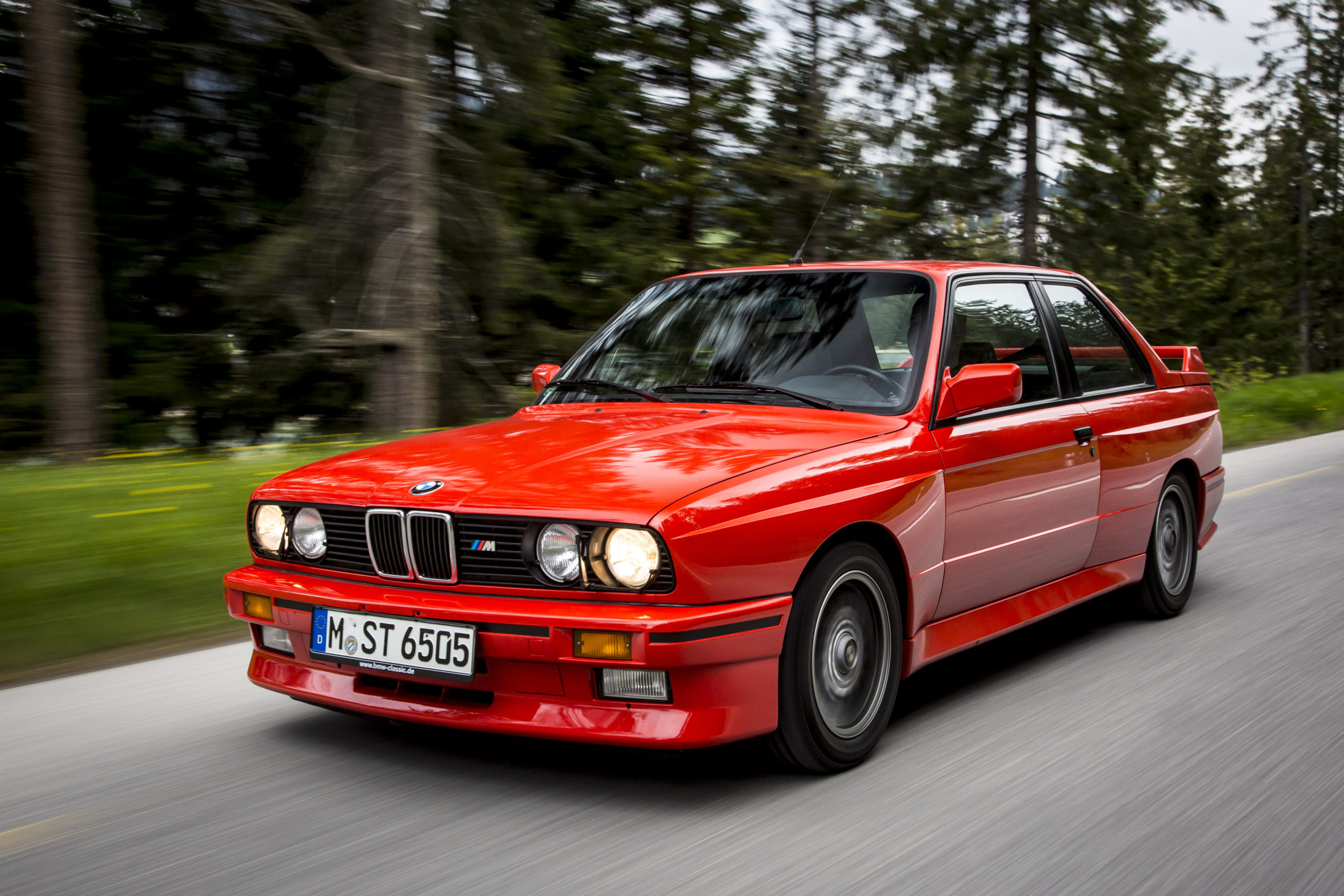
The Bavarian brand doesn’t even race the M3 anymore, not since they changed the name of the M3 Coupe to M4. But the company wouldn’t be the same without the original E30 M3 that began dominating Group A touring car racing around the world in 1987.
BMW took its popular 3-Series, pumped out the guards for a wider track and better aerodynamics (including a front splitter and rear wing) and gave it a free-revving 2.3-litre engine. It went on to win titles around the world, including Australia in the hands of Jim Richards, but the road car was an even bigger success. It became the benchmark for future M Division models, thanks to its razor-sharp handling and screaming four-pot engine. Even with all its modern growth, the E30 M3 is still the car by which all M are measured.
Holden Commodore Group A SS
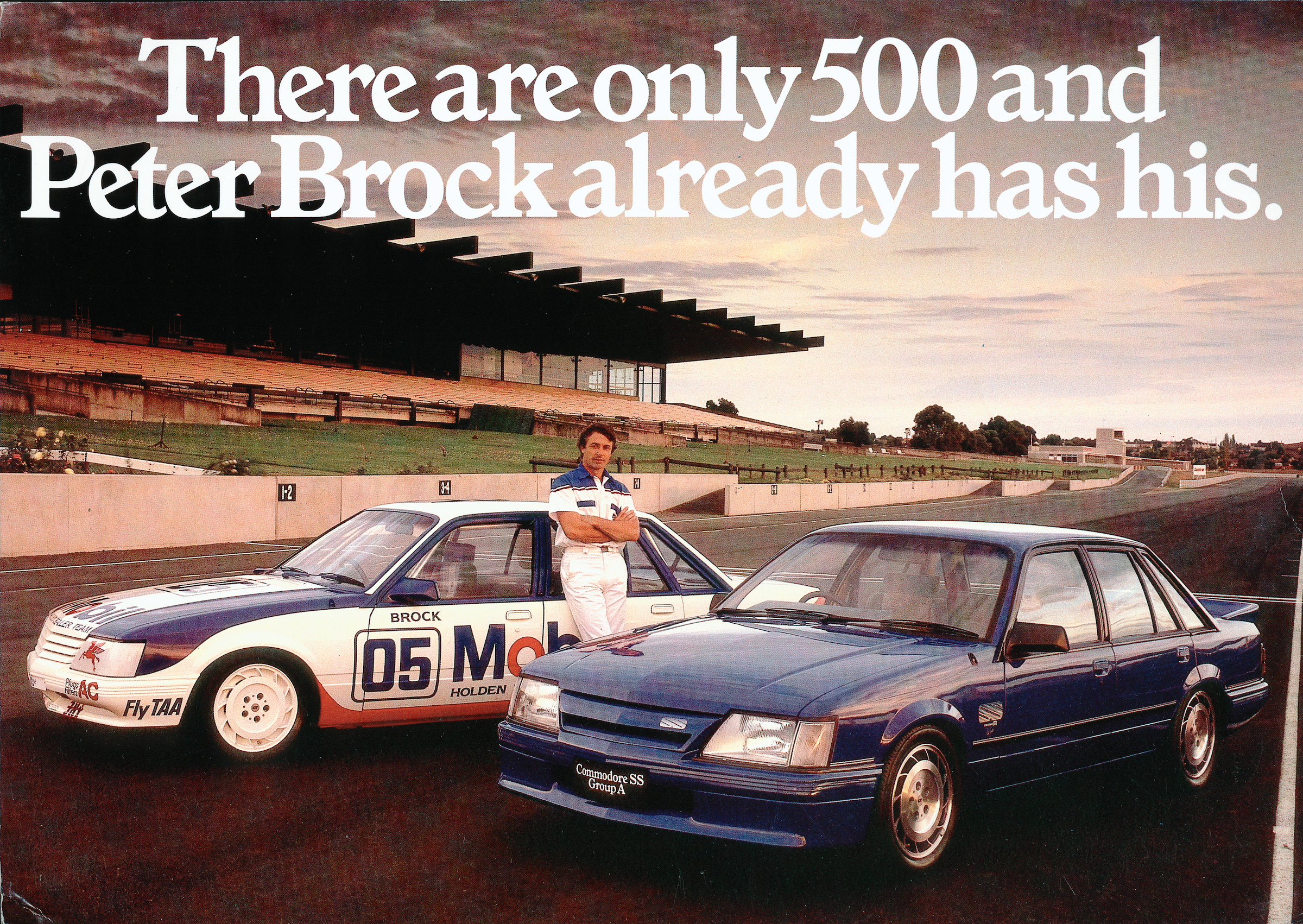
When Group A regulations replaced the Group C ‘Big Bangers’ it was bad news for homegrown Holden tin-tops. While those on the blue side of the fence could jump into a Mustang and eventually the awesome Sierra Cosworth RS500, Holden’s heroes needed some help.
Enter Peter Brock and his Holden Dealer Team special vehicles operation. They worked with Holden to turn the VK Commodore into something capable of taking on and beating the best the world had to offer. A new 4.9-litre V8 slid under the bonnet for more grunt, there was a new front spoiler and rear decklid for better aerodynamics and 16-inch alloy wheels better suited to racing.
The resulting road car has become a highly sought after collectors item for its place in Australian motorsport history.
Subaru Impreza WRX
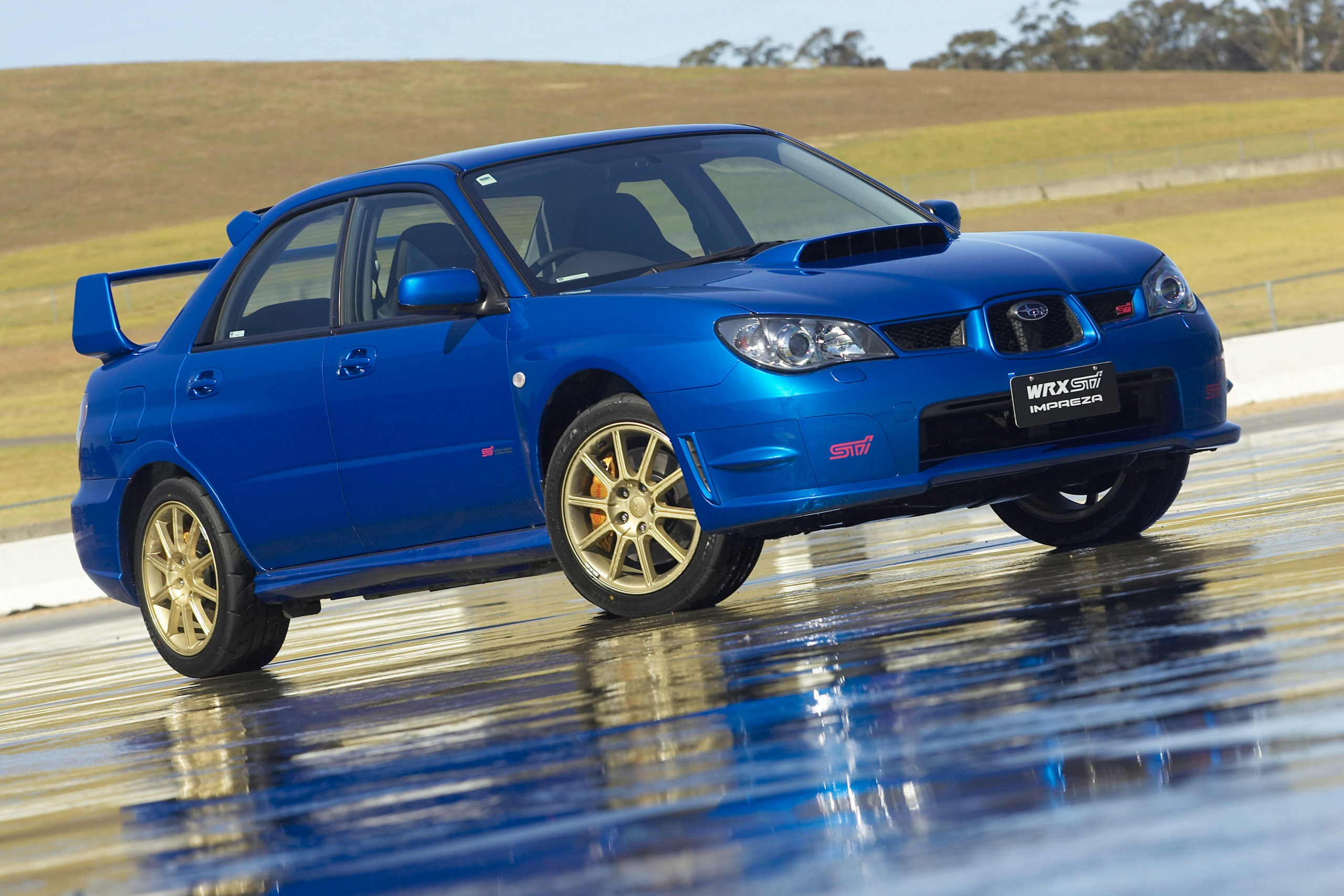
Few cars have changed the image of a brand quite like this one did. Up until its arrival Subaru was a brand for farmers, making practical vehicles like the Brumby and sensible sedans like the Liberty. Then came a burning desire to win the World Rally Championship and decided to turn its humble Impreza small car into a turbocharged special stage monster to meet the Group A regs.
With the help of a young Scot by the name of Colin McRae the Impreza WRX became a hit in the WRC and won the world title in 1995. But the combination of a turbocharged four-cylinder boxer engine and all-wheel drive in a compact sedan body also become popular on the streets. Few cars could match the bang-for-your-buck of the WRX and it helped change the way people looked at Subaru forever.
Porsche 911 GT1 Straßenversion
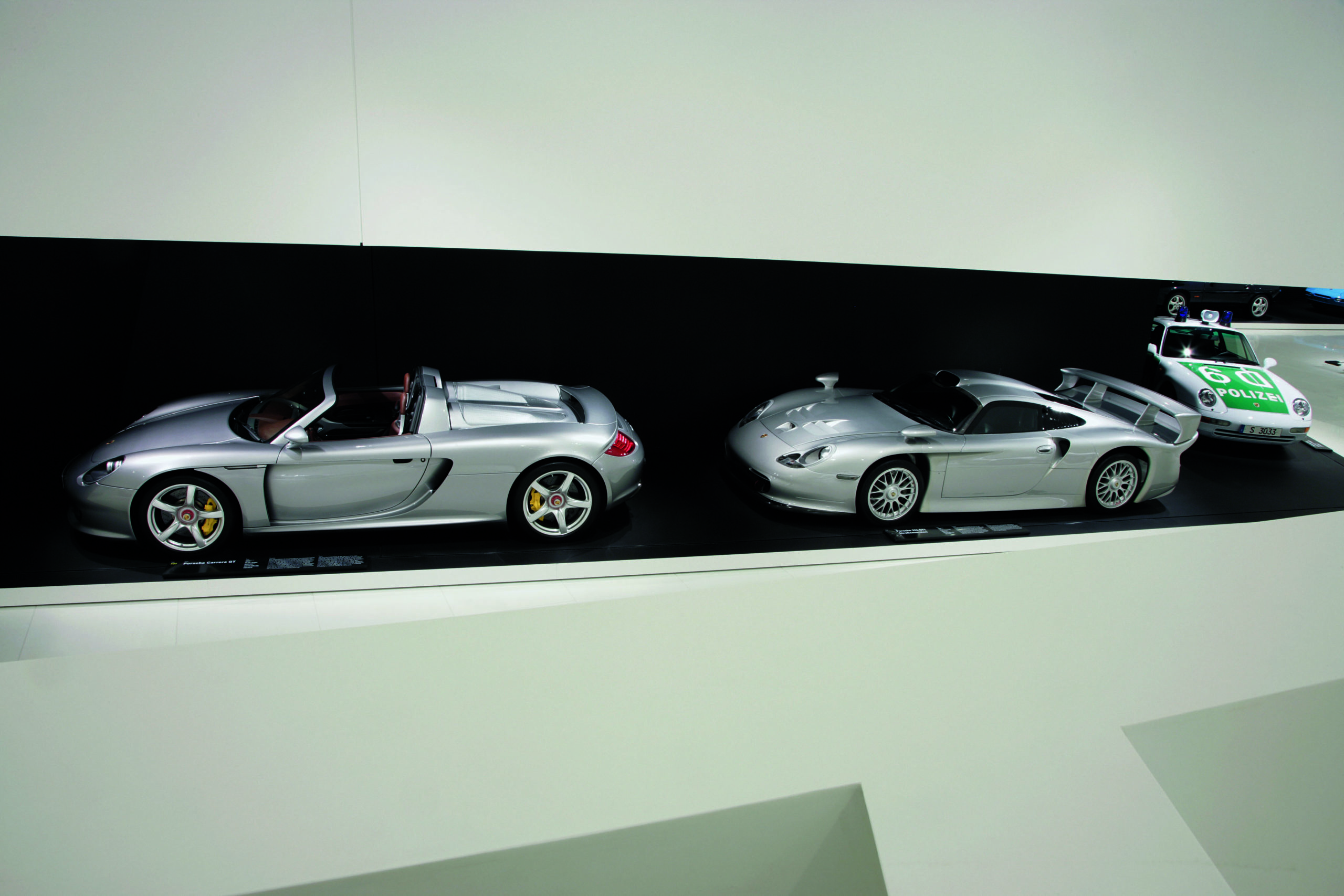
Give car companies an inch in motor racing, they’ll take a mile. The GT class at Le Mans in the mid-1990s was designed for modified road-going supercars, such as the Ferrari F40, Lotus Esprit and McLaren F1 while prototype cars competed in the top category.
Porsche flipped the GT concept around, creating the Porsche 911 GT1 firstly as a Le Mans racer and then building Straßenversion (street version). So while it carried the 911 name, that (and some of the front of the chassis) was about all had in common.
The flat-six turbo engine and rear part of the chassis was taken largely from the 962 Group C prototype. More importantly for 911 die-hards, it was mounted in the middle of the car, ahead of the rear axle in a major departure from the 911’s most defining character trait.
A German car magazine tested one of the 25 911 GT1 Straßenversion Porsche built at the time and found it was capable of 0-100km/h in 3.9 seconds and a top speed of 308km/h, despite featuring a slightly detuned engine compared to the racing car.
Soon Toyota (GT-One), Mercedes-Benz (CLK-GTR) and Nissan (R390) copied the idea and the late 1990s saw a string of thinly-disguised Le Mans prototypes for sale to fortunate members of the general public – or at least well-connected collectors.
Audi Sport Quattro S1
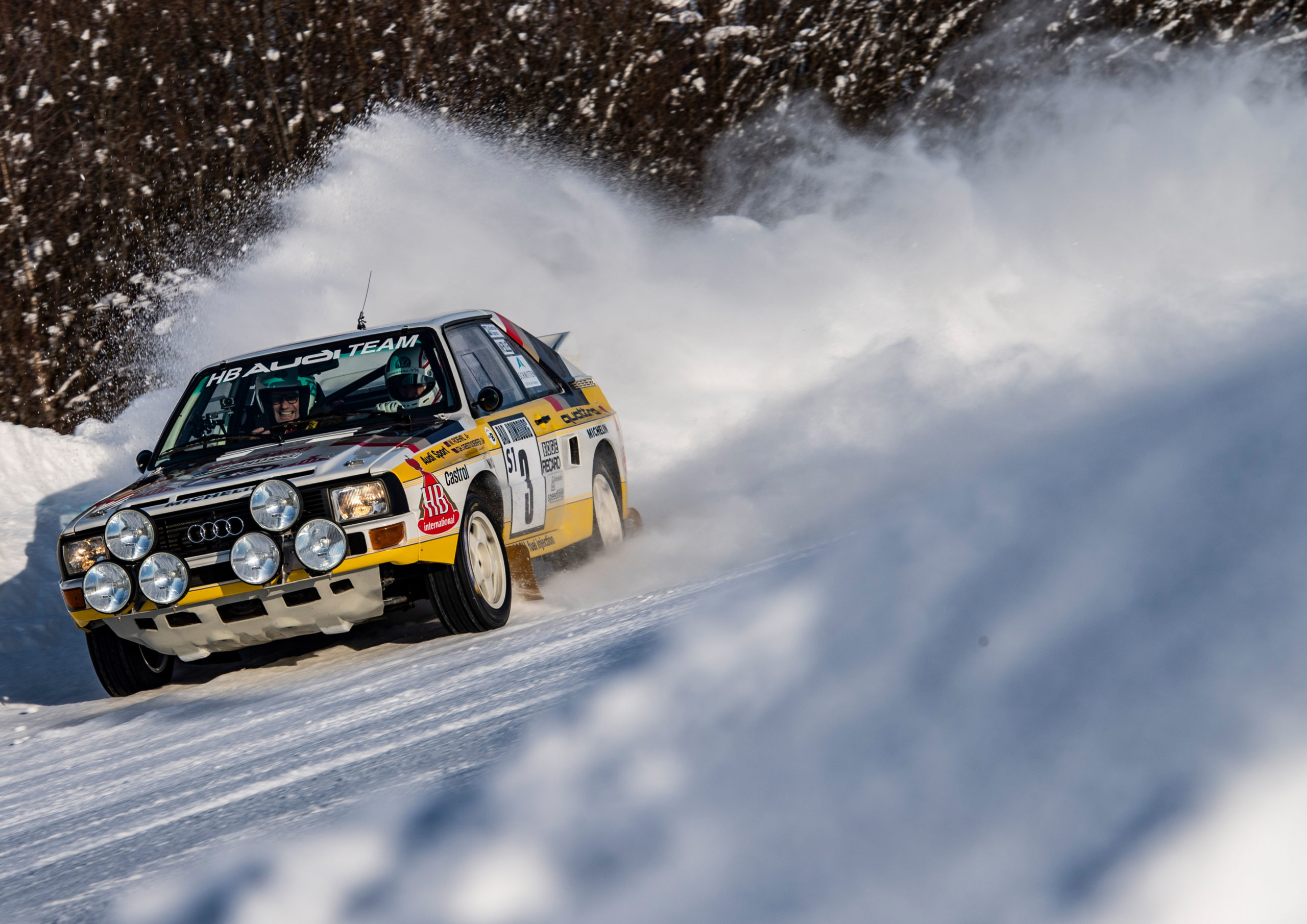
The Group B regulations that governed early 1980s WRC gave manufacturer’s a lot of freedom, but there was still a requirement for 200 road-going versions to be built. Audi had already re-written the rulebook with its all-wheel drive ur-Quattro in 1980 but raised the bar again with the 1984 Sport Quattro S1.
The turbocharged five-cylinder engine was slightly smaller than the regular Quattro (2.1-litres) in order to fit into its Group B class. The wheelbase was shortened for more agile handling and the wheel-arches were widened to accommodate bigger wheels and tyres. Even the windscreen angle was changed at the request of the rally drivers and it all translated to the road car.
However, only approximately 200 road-going Sport Quattro were built, with several retained by the factory for racing purposes. That has helped create an aura around the car and kept it in high demand among collectors.













Discussion about this post